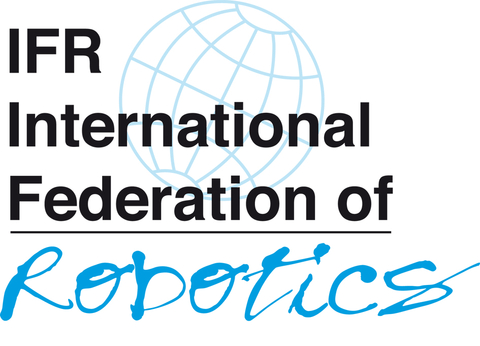Top 5 Global Robotics Trends 2025 – IFR reports
Top 5 Global Robotics Trends 2025 – IFR reports
FRANKFURT, Germany--(BUSINESS WIRE)--The global market value of industrial robot installations has reached an all-time high of US$ 16.5 billion. Future demand will be driven by a number of technological innovations, market forces and new fields of business. The International Federation of Robotics reports on the top 5 trends for the robotics industry for 2025:
1 – Artificial Intelligence – Physical, Analytical, Generative
By leveraging diverse AI technologies, robotics can perform a wide range of tasks more efficiently:
Robot and chip manufacturers recently are investing in the development of dedicated hardware and software that simulate real-world environments. This so-called Physical AI allows robots to train themselves in virtual environments and operate by experience, rather than programming. These Generative AI projects aim to create a “ChatGPT moment” for Physical AI. This AI-driven robotics simulation technology will advance in traditional industrial environments as well as in service robotics applications.
2 – Humanoids
Robots in the shape of human bodies have received a lot of media attention. The vision: robots will become general-purpose tools that can load a dishwasher on their own and work on an assembly line elsewhere. Start-ups are working on these humanoid general-purpose robots.
Yet, industrial manufacturers are focusing on humanoids performing single-purpose tasks only. Most of these projects are being carried out in the automotive industry, which has played a key role in pioneering robot applications throughout the history of industrial robotics, as well as in the warehousing sector.
3 – Sustainability
Compliance with the UN's environmental sustainability goals and corresponding regulations around the world is becoming an important requirement for inclusion on supplier whitelists. Robots play a key role in helping manufacturers achieve these goals.
4 – Robots - New Fields of Business
The general manufacturing industry still has a lot of potential for robotic automation. Most manufacturing companies are small and medium-sized enterprises (SMEs). Low-cost robotics e.g. addresses this new “good enough” segment.
5 – Robots Addressing Labor Shortage
The global manufacturing sector continues to suffer from labor shortages according to the International Labour Organisation (ILO). One of the main drivers is demographic change. Although the impact varies from country to country, the cumulative effect on the supply chain is a concern almost everywhere.
Full text of the press release at: https://ifr.org/ifr-press-releases/
About IFR
Contacts
International Federation of Robotics
PRESS OFFICER
Carsten Heer
phone +49 (0) 40 822 44 284
E-Mail: press@ifr.org
